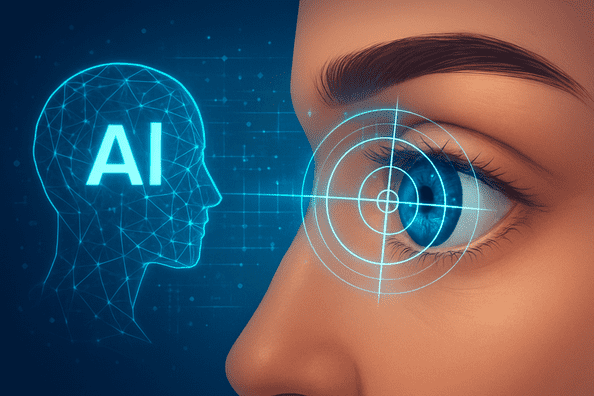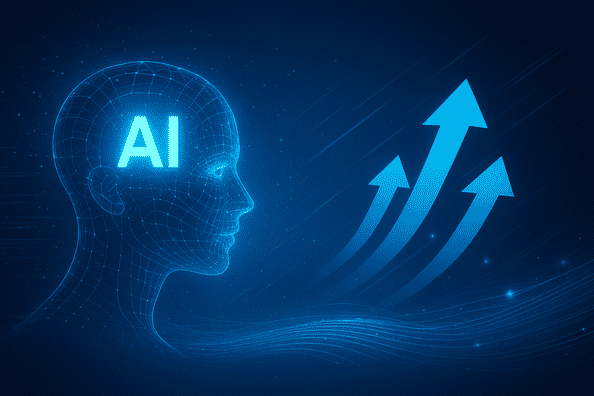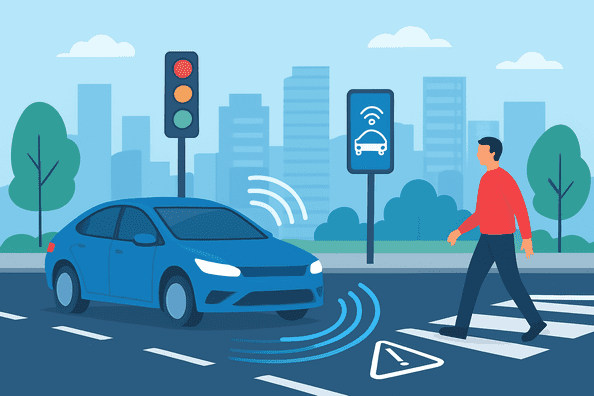How AI is Changing Eye Care has become a critical conversation in medical technology, reshaping the way clinicians detect, monitor, and treat vision disorders. Traditionally, eye diseases such as glaucoma, diabetic retinopathy, and age-related macular degeneration advance silently before patients notice symptoms. Today, artificial intelligence is transforming this landscape by identifying subtle retinal changes and risk factors long before vision is compromised. This breakthrough empowers patients and providers to intervene earlier, prevent irreversible damage, and personalize treatment plans with unprecedented precision.
The Silent Progression of Vision Loss
Vision loss often begins imperceptibly. Early-stage diabetic retinopathy, for example, can advance without any signs until microaneurysms and hemorrhages compromise retinal health. Similarly, glaucoma typically shows no discomfort or blurred vision until nerve fibers are severely damaged. Because routine eye exams rely on manual image assessment, small anomalies can be missed. This latency creates a window of vulnerability when interventions could be most effective but often come too late.
AI-Powered Retinal Imaging
Automated Lesion Detection
Deep learning algorithms trained on millions of retinal images can now identify microvascular changes, drusen deposits, and nerve fiber layer thinning with over 90% accuracy. Companies like Google Health and IDx-DR have developed FDA-approved AI systems that flag diabetic retinopathy before macular edema or vision impairment manifest. In large-scale clinical trials, these AI tools reduced the false-negative rate by half compared to human graders.
Predictive Analytics for Glaucoma
Beyond detecting existing disease, machine learning models can predict who will develop glaucoma years in advance. By analyzing optic nerve head morphology and intraocular pressure trends, AI calculates personalized risk scores. This enables ophthalmologists to monitor high-risk patients more closely or prescribe preventive intraocular pressure–lowering therapies before visual field defects appear.
Personalized Screening and Monitoring
Remote Patient Engagement
Smartphone-based retinal cameras combined with AI platforms allow patients to conduct at-home screenings. This approach has dramatically expanded access in rural or underserved areas. In a pilot program in India, community health workers captured retinal scans with portable devices; AI triaged over 10,000 images, referring only 8% for specialist review—saving time, resources, and catching early disease in 2% of those screened.
Continuous Data Streams
Wearable technologies, such as smart contact lenses embedded with biosensors, continuously monitor intraocular pressure. When paired with cloud-based AI analysis, these devices can detect pressure spikes indicative of glaucoma risk. Real-time alerts prompt patients to seek care before irreversible optic nerve damage occurs.
Real-World Examples
Case Study: Preventing Vision Loss in Diabetes
Maria, a 52-year-old with long-standing diabetes, underwent an AI-driven retinal scan during a routine check-up. Although her vision was perfect, AI detected microaneurysms and early retinal thickening. Thanks to this early alert, her physician intensified glycemic control and scheduled quarterly follow-ups. Within a year, Maria avoided any significant vision decline—a result likely impossible without AI screening.
Case Study: AI in Age-Related Macular Degeneration
At a major eye center in London, clinicians integrated an AI model that analyzes OCT scans for drusen volume and pigment epithelial detachments—hallmarks of macular degeneration. The system stratified patients into low-, medium-, and high-risk categories, allowing targeted use of anti-VEGF injections. High-risk patients received injections three months earlier than under standard practice, preserving central vision in 85% of cases.
Balancing Benefits and Ethical Considerations
Data Privacy and Consent
AI systems rely on vast datasets of sensitive health information. Ensuring robust encryption, anonymization, and transparent consent processes is paramount. Patients must understand how their data will be used, stored, and shared. Regulatory frameworks are evolving to mandate data governance standards that protect individuals while fostering innovation.
Algorithmic Bias and Equity
Training datasets skewed toward certain ethnicities or age groups risk perpetuating disparities in care. For instance, AI models trained predominantly on Caucasian retinal scans may underperform when evaluating Asian or African populations. Developers and regulators must prioritize diverse datasets and regularly audit performance across demographic groups to ensure equitable outcomes.
The Future of AI in Eye Care
Integrating Genomics and AI
Combining genomic risk profiles with retinal imaging data promises even earlier detection. Research is underway to correlate genetic markers for myopia, glaucoma, and macular degeneration with AI-derived biomarkers. This integrative approach could identify high-risk individuals decades before clinical signs emerge.
Augmented Reality for Surgical Precision
In ophthalmic surgery, augmented reality (AR) headsets powered by AI can overlay real-time imaging guidance during procedures like cataract removal or retinal detachment repair. By highlighting critical anatomical landmarks and warning of potential complications, AI-AR systems aim to reduce surgical errors and improve patient outcomes.
Personal Insights: Empowering Patients
From a patient’s perspective, AI’s role extends beyond early detection—it fosters agency and confidence. Knowing that subtle changes are monitored continuously offers peace of mind, transforming eye care from reactive to proactive. As these tools become more accessible, patients can participate actively in their eye health, leveraging telemedicine consultations and AI-driven insights to make informed lifestyle and treatment decisions.
Conclusion
Artificial intelligence is revolutionizing ophthalmology by delivering early warnings for vision loss before symptoms begin, enabling personalized screening, and guiding proactive treatments. While ethical challenges around data privacy and algorithmic fairness persist, the benefits of AI-driven eye care—improved detection accuracy, expanded access, and tailored interventions—are undeniable. As technology advances, integrating genomics, wearables, and augmented reality will further enhance our ability to protect and preserve sight, making vision loss an increasingly preventable condition.



